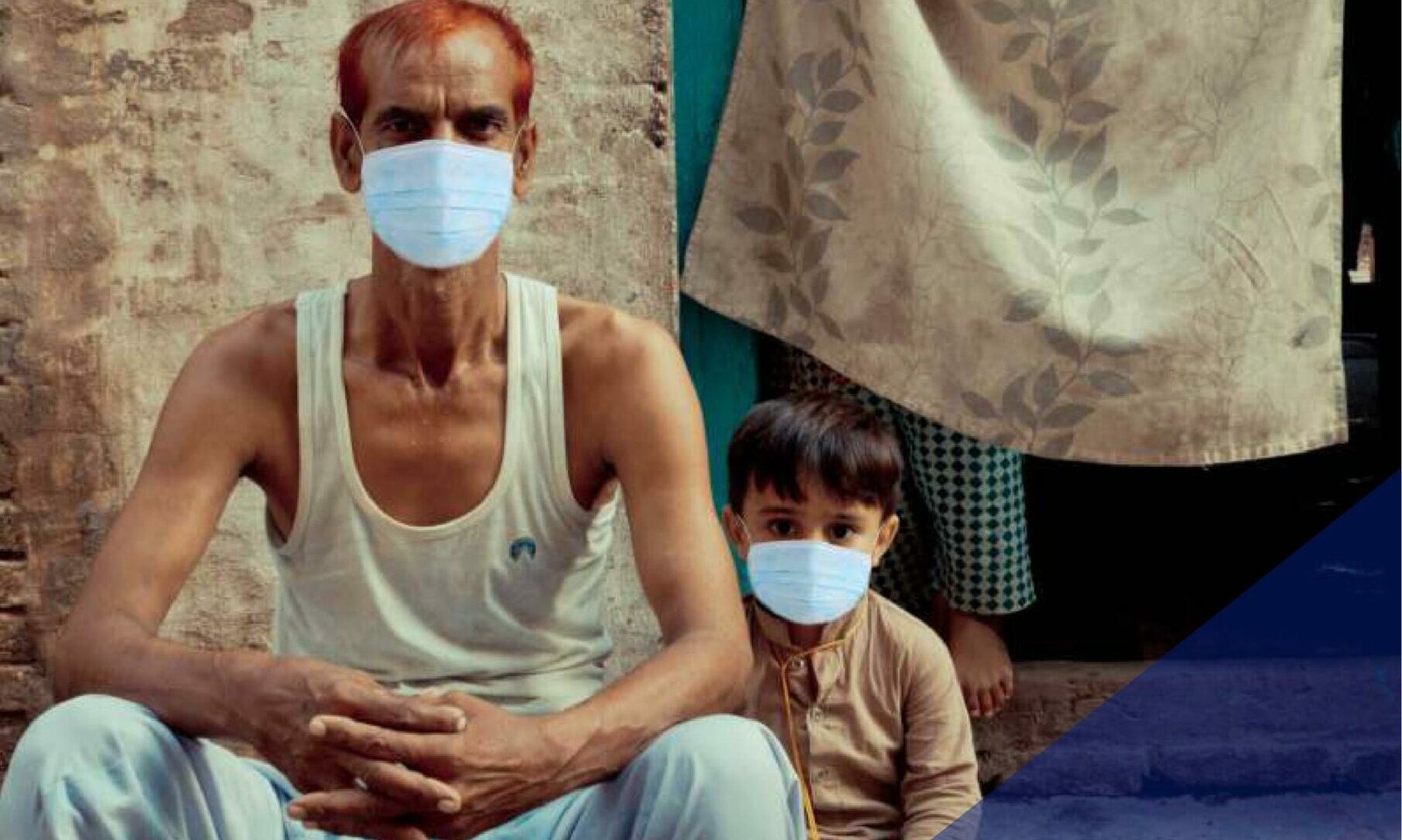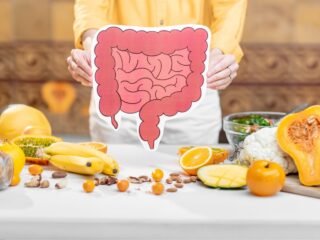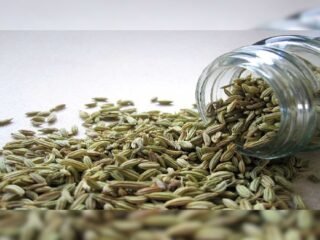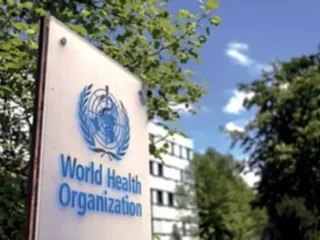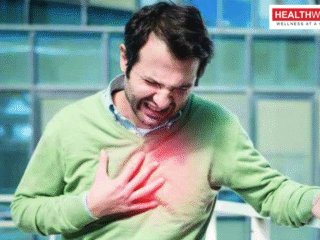While this entire year has gone in responding to the challenges posed by COVID-19, in the last two months, a number of pharmaceutical companies have issued press statements announcing the efficacy of their COVID-19 vaccine candidates, giving hope the vaccine will be available soon.
The Indian government, which already runs the world’s largest universal immunisation programme covering 157 million beneficiaries, is drawing up a special immunisation programme for the COVID-19 vaccine.
Union health minister Harsh Vardhan recently informed that India would get a COVID-19 vaccine within the first quarter of 2021 and about 250-300 million people would be vaccinated by September 2021.
This COVID-19 vaccine target is much higher than the 157 million newborns, young children and pregnant women covered annually under the government’s routine immunisation.
For a large country with 1.35 billion people, vaccinating the entire population will be a huge challenge as making available several million doses of vaccine in a short span of time and at an affordable price will be no less than a feat.
How and when will the COVID-19 vaccine reach rural India remains to be seen. Scaling up and delivery, especially in the hinterland, will be a huge challenge. Cold chain for the delivery of vaccine needs to be revamped and strengthened. Safety of COVID-19 vaccine also remains a concern with allegations of no transparency in data sharing of the clinical trials.
Keeping these issues in mind, Gaon Connection Insights, the data and insights arm of India’s biggest rural media platform Gaon Connection, decided to undertake a face-to-face survey to ascertain the spread of COVID-19 in rural India.
On being asked how the respondent perceived COVID-19 pandemic, more than 51 per cent said it was a “conspiracy by China”. Twenty-two per cent said it was the failure of citizens to observe precautions, whereas about 18 per cent saw it as government failure.
To further get perceptions of rural India towards the COVID-19, the respondents were asked if they thought COVID was a real disease or a rumour. Sixty-four per cent of respondents said they thought COVID-19 was a real disease. This opinion was stronger in high prevalence states (74.8%) than other medium or low prevalence states.
In order to understand information on prevention of COVID-19 available with rural citizens, the respondents were asked if they thought wearing a face mask reduced the chance of spread of coronavirus.
Slightly more than 78 per cent respondents said they believed that wearing a mask reduced the chance of spread of coronavirus. No major difference was observed among high, medium and low COVID prevalence states.
On being asked what precautions the respondent was taking to keep himself/herself and the family safe, 67.2 per cent said they were using face masks followed by 41.8 per cent using sanitisers or soap.

